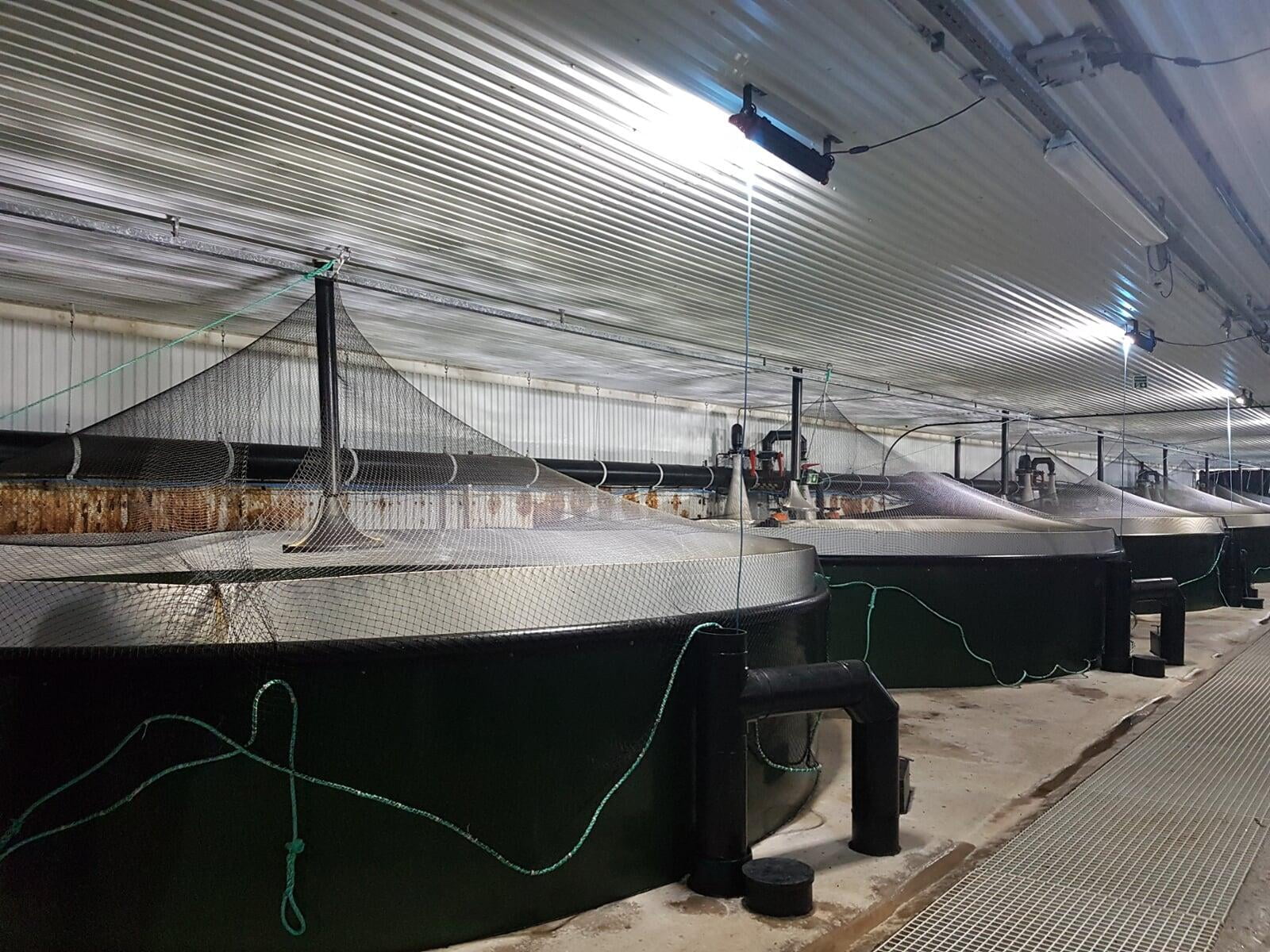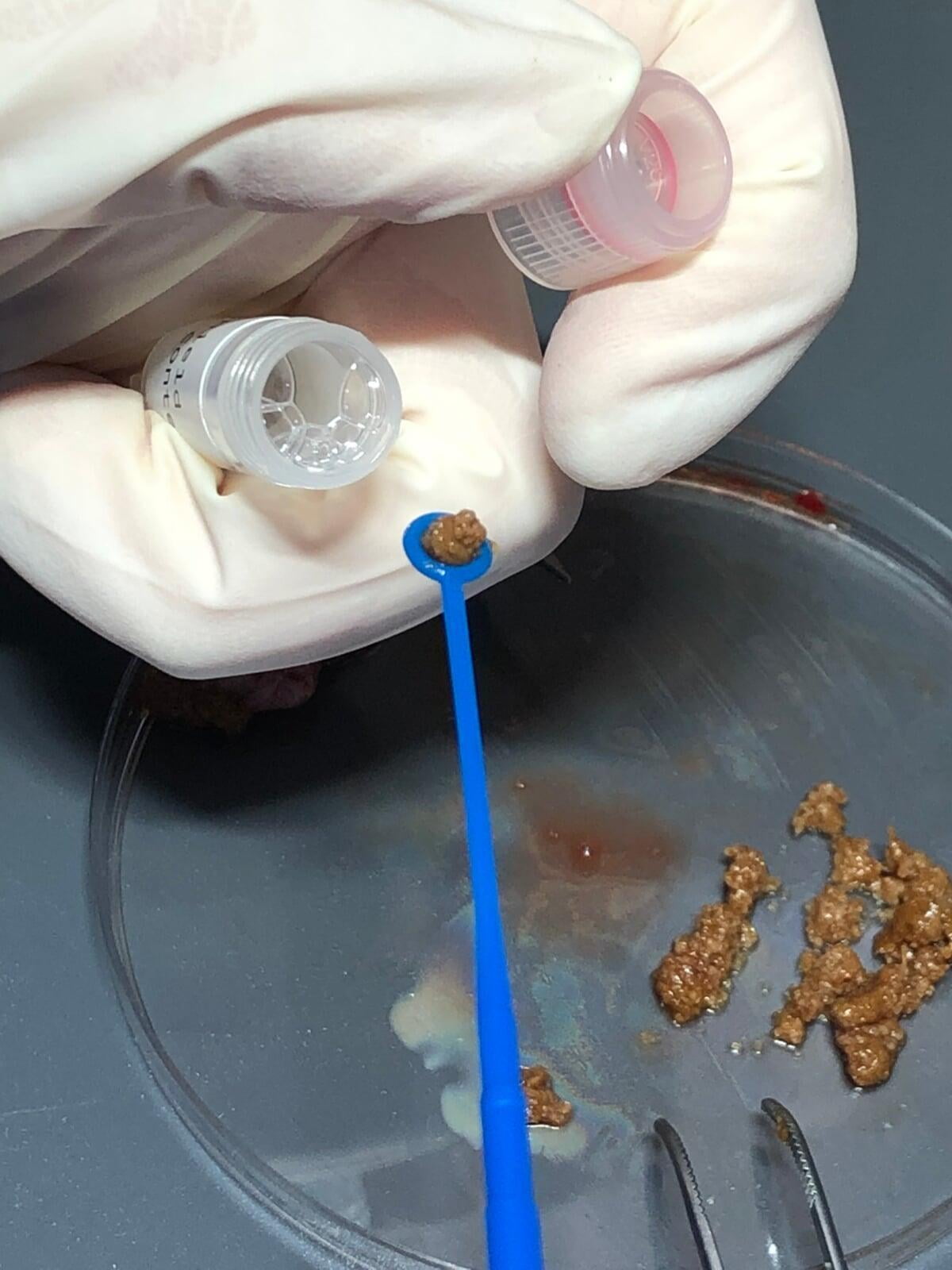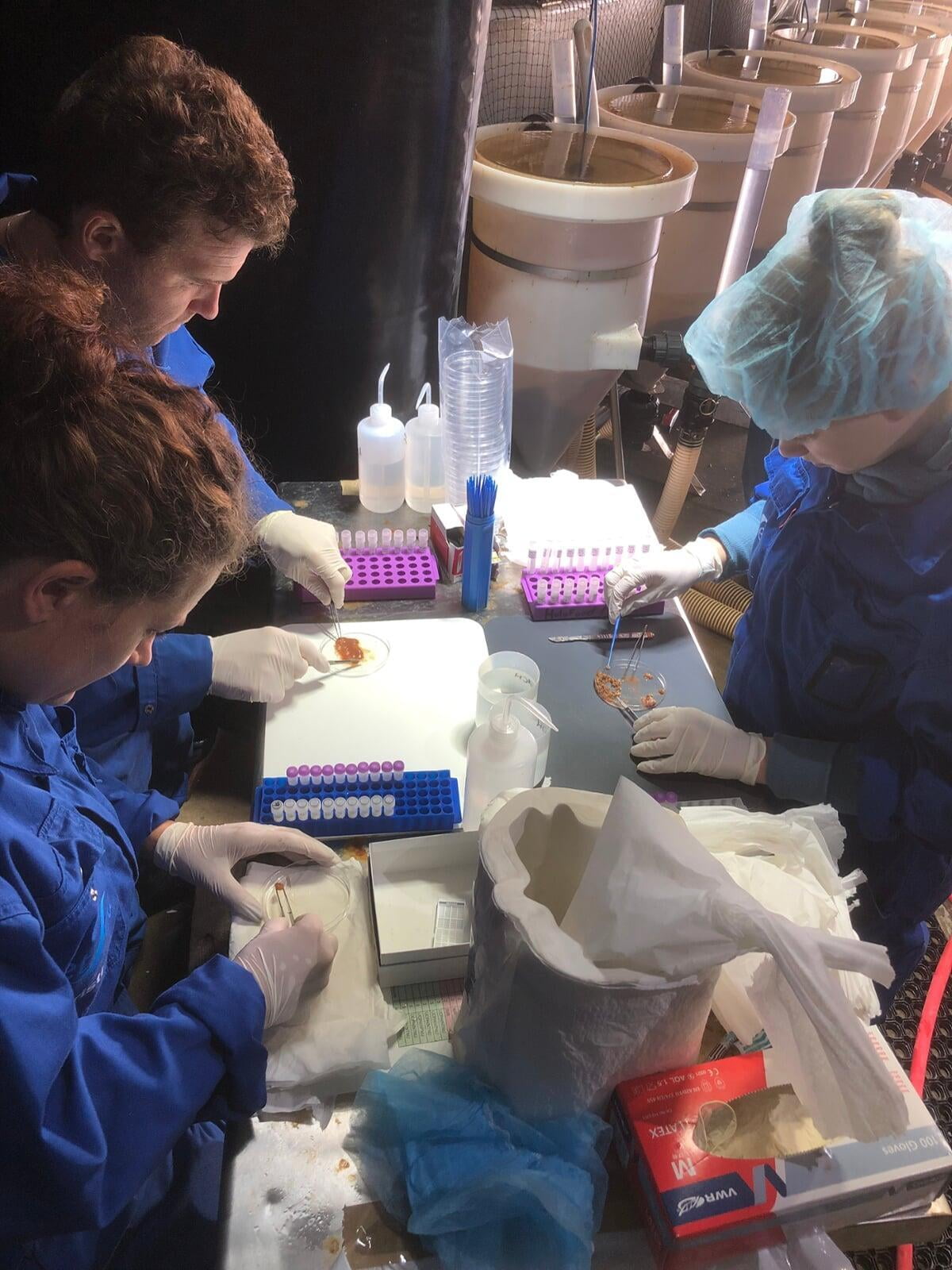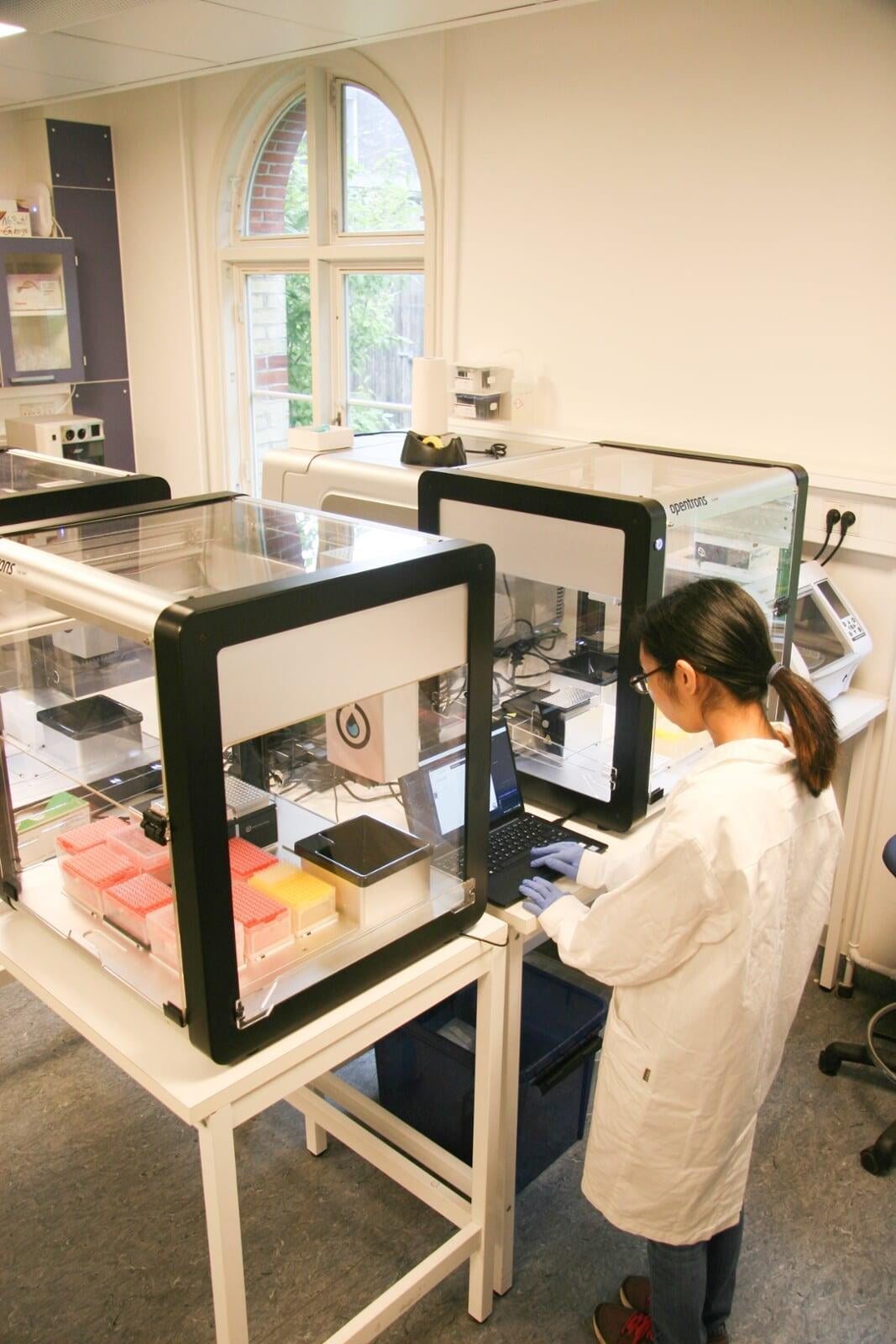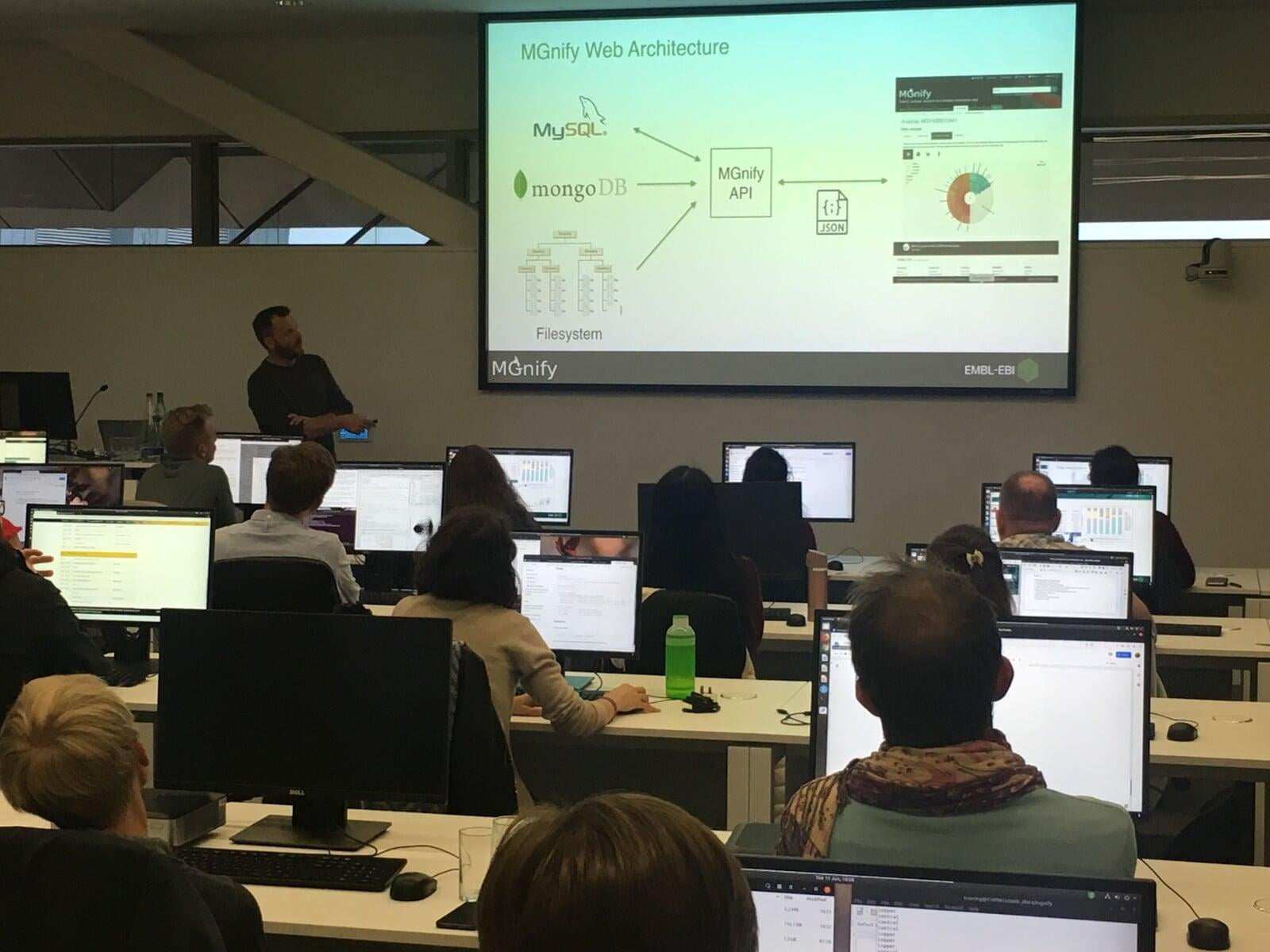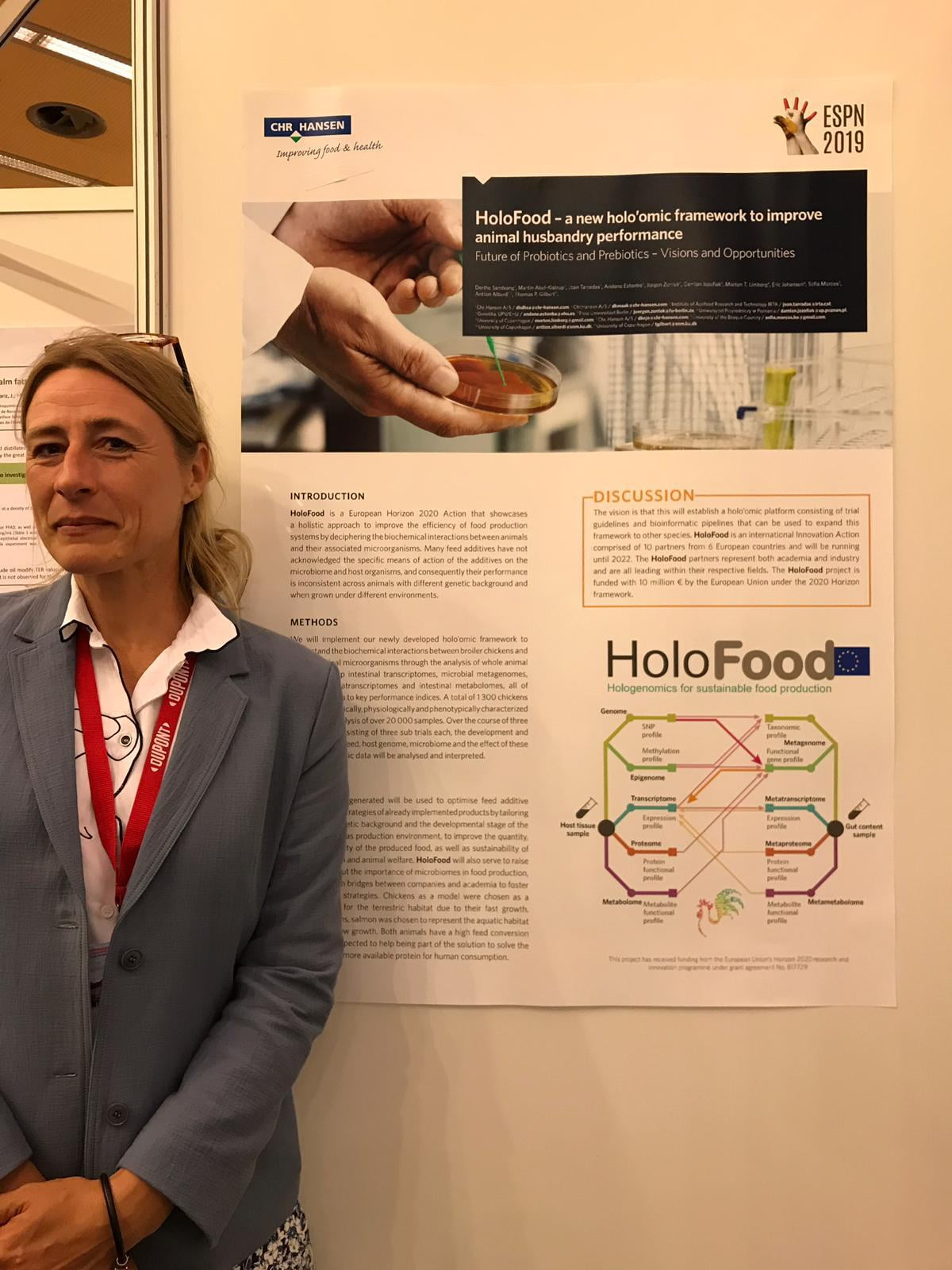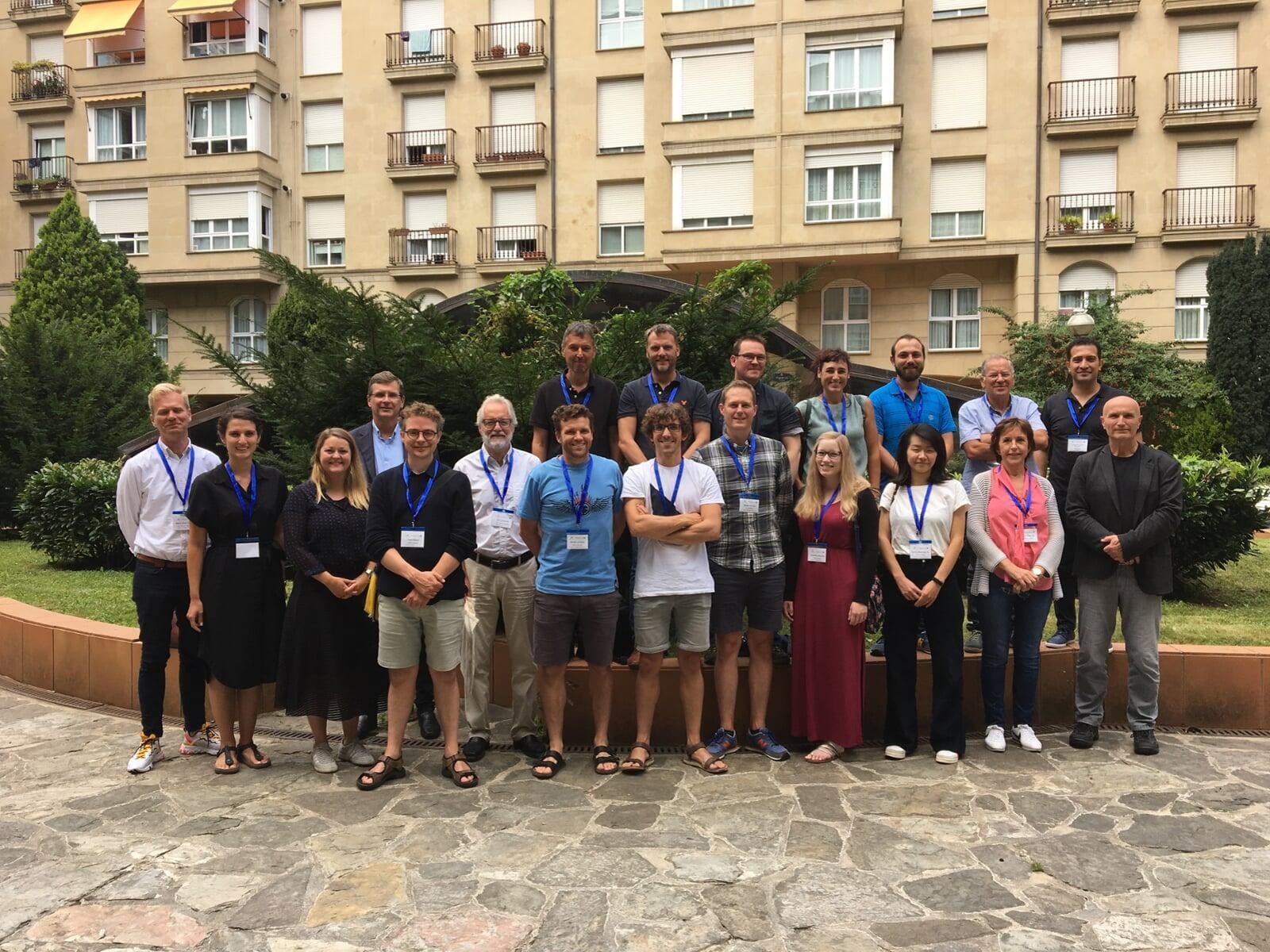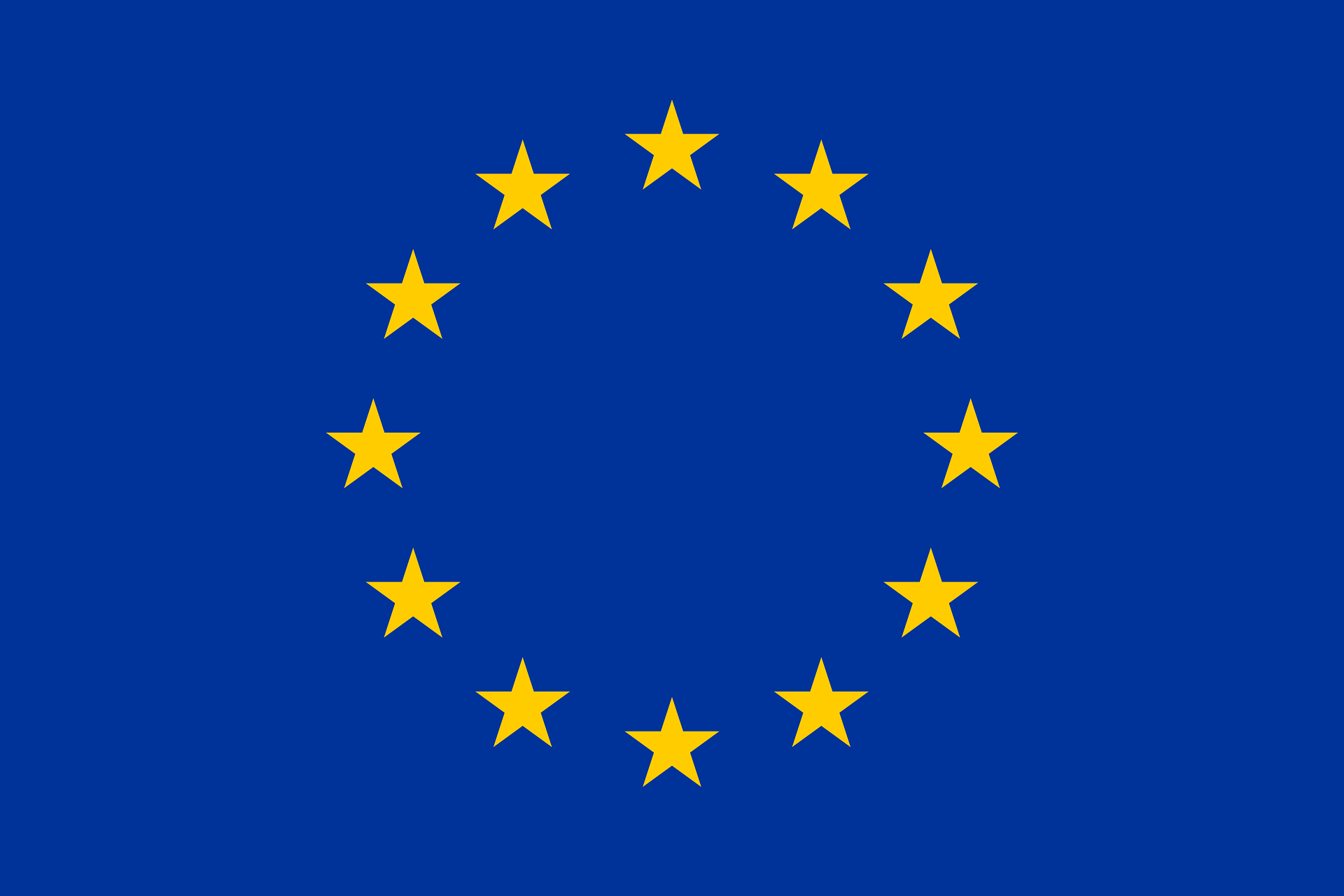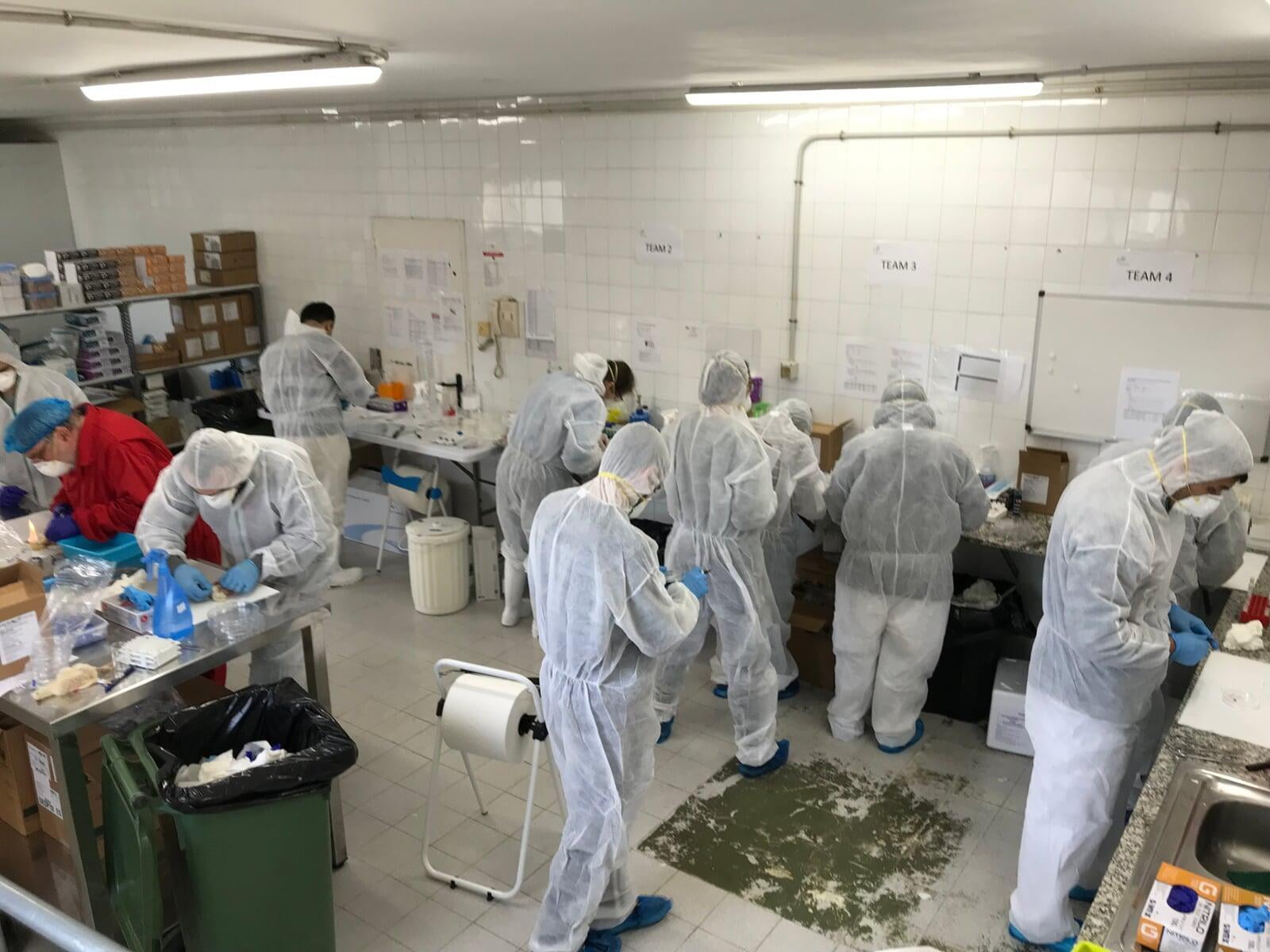
Ongoing chicken sampling setup
Just running these experiments alone was no small feat.
For the poultry, many chickens have to be selected, housed and kept in specific ways, segregated and fed the probiotic or prebiotic or control (neither additive) diets, monitored continuously and sampled across many time points. Up to 15 people were required at each sampling event, so that measurements could be taken for each chicken, and then allow the different teams from the consortium to collect over 25 samples per animal for downstream measurements and analysis. Timing was very crucial because any delay can skew the results, and any deviation had to be properly recorded.
